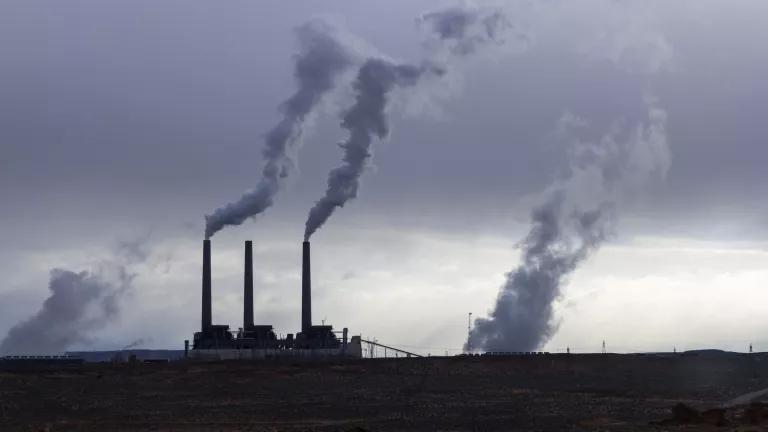Advancing Environmental Justice - Forty Years Later
EPA Administrator Michael Regan hosted an event in Warren County, North Carolina and announced the creation of a new national office dedicated to the advancement of environmental justice across the country.

Administrator Michael Regan creating the Office of Environmental Justice and External Civil Rights
Forty years ago, in the summer of 1982, residents of Warren County, North Carolina became determined to fight back against the state’s decision to allow toxic dumping of contaminated soil at a nearby landfill in their predominantly Black community. Dozens were arrested in a protest that would ignite a national movement focused on the intersection of race, class, and environmentalism. It would become widely known as the birthplace of the environmental justice movement.
This past weekend, forty years later, EPA Administrator Michael Regan hosted an event in Warren County, North Carolina and announced the creation of a new national office dedicated to the advancement of environmental justice across the country. In establishing the new Office of Environmental Justice and External Civil Rights, EPA will dedicate more than 200 full-time staffers solely focused on solving problems associated with environmental racism in our communities. The new office will also be charged with implementing $3 billion worth of climate and environmental justice block grants created by the recent passage of the Inflation Reduction Act.

Dawone Robinson (left) with Administrator Michael Regan (right) in Warren County, North Carolina on Saturday, September 24, 2022
I was fortunate enough to be in attendance for this important announcement. It was humbling to gather in the presence of so many friends, colleagues, and trailblazers from the environmental justice community that I’ve come to know and respect. The moment was gratifying due to the progress we’ve made as a movement up until now. At the same time, it was motivating given how much further we still must go to eradicate environmental racism from our practices and policies.
During his speech, Administrator Regan said, “If we’re going to change how the system works, we have to change the structure of the system.” I couldn’t agree more. Institutional racism runs deep throughout all levels of our society. Structural racism has permeated across decades and centuries. Eliminating systemic racism and the effect it has on vulnerable communities is the challenge of our times. The creation of EPA’s new Office of Environmental Justice and External Civil Rights will go a long way towards ensuring that the agency has the staff, resources, and structure that it needs to solve the intersectional challenges of civil rights and environmental injustices.
But it will take more than that. We must continue to strengthen authentic partnerships with frontline groups to build trust within marginalized communities. State and federal resources need to flow quickly to areas with the greatest need and technical assistance should be prioritized to reduce bureaucratic hurdles. I look forward to working with EPA and the new office to achieve these goals.
Together, we must continue to act.




